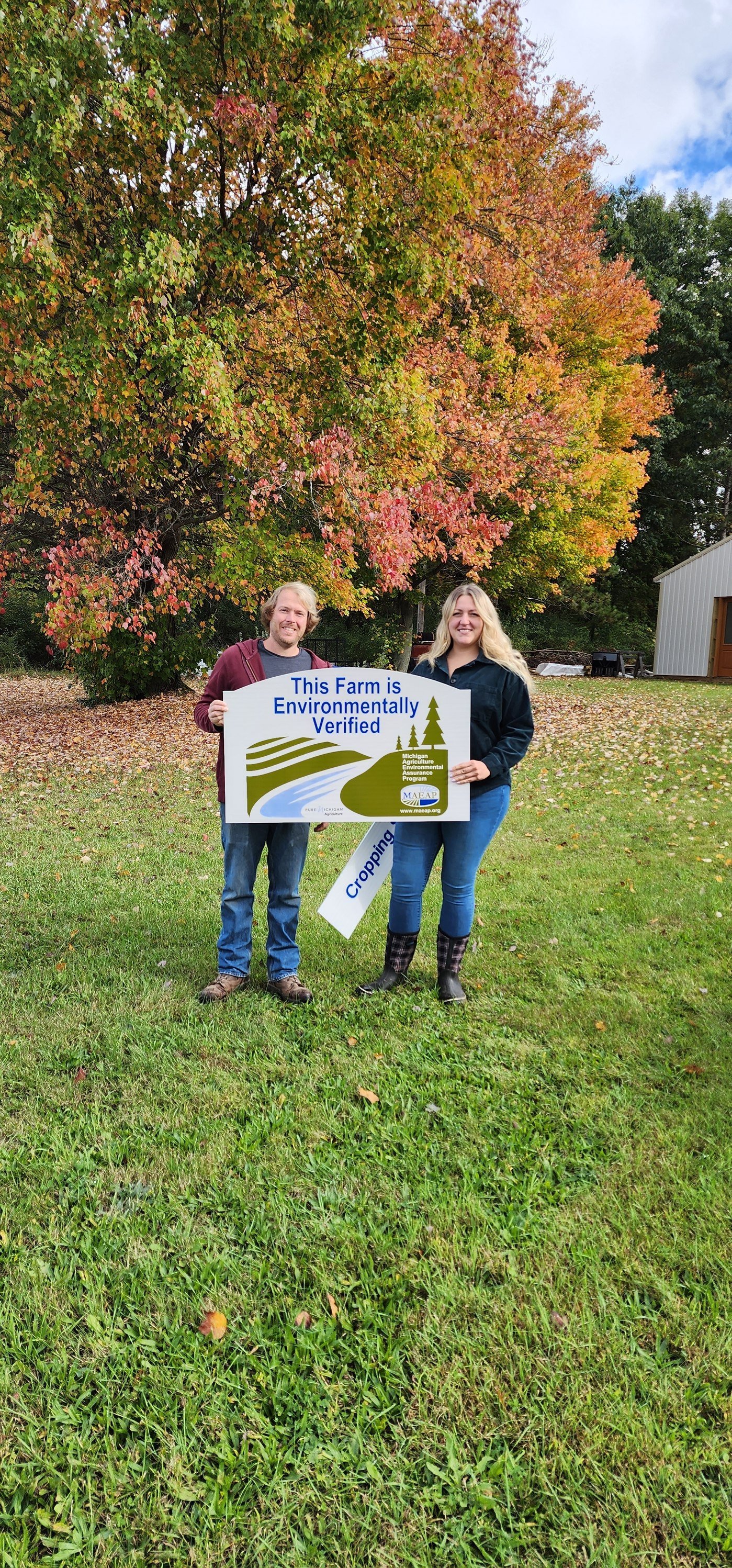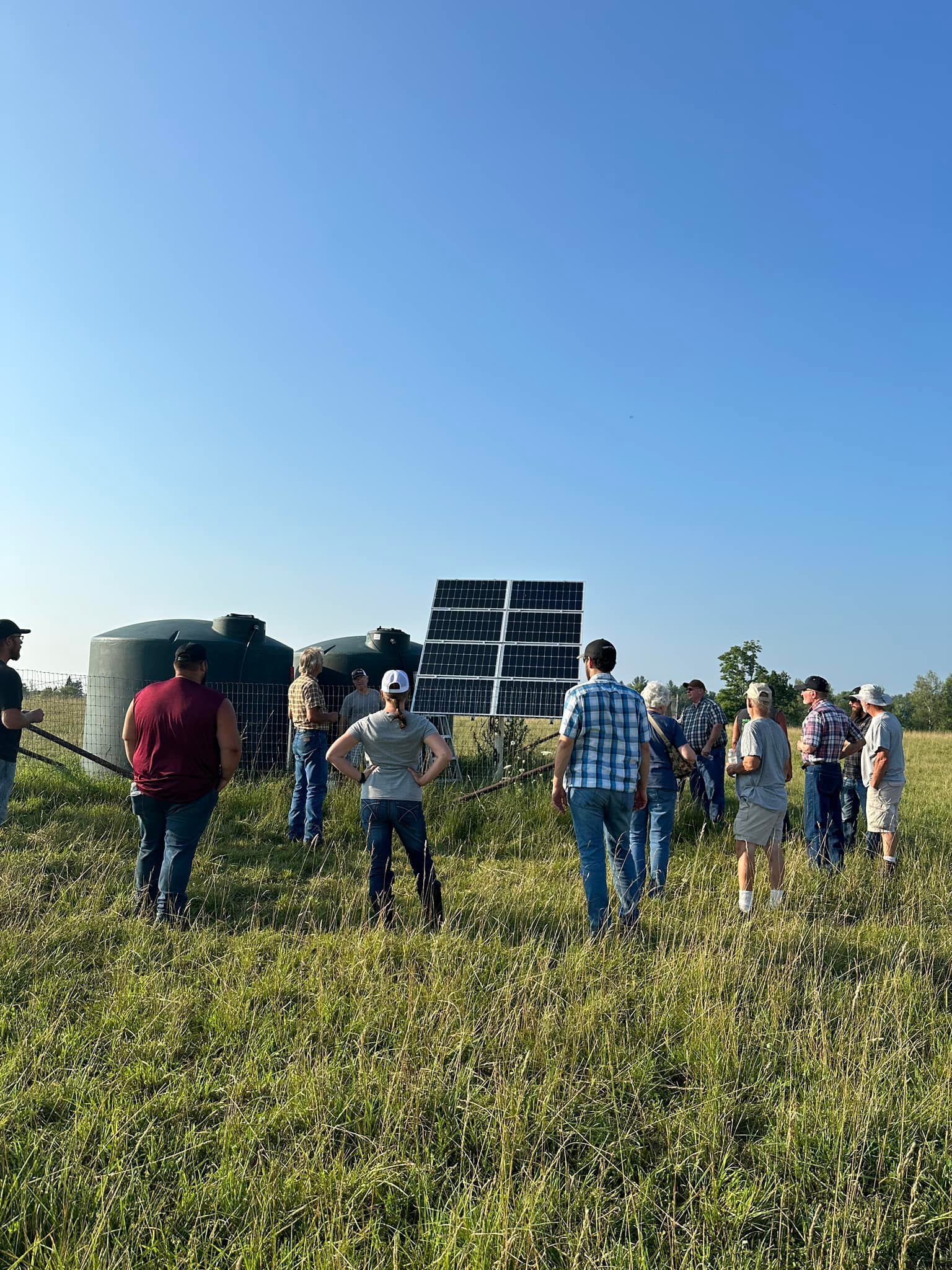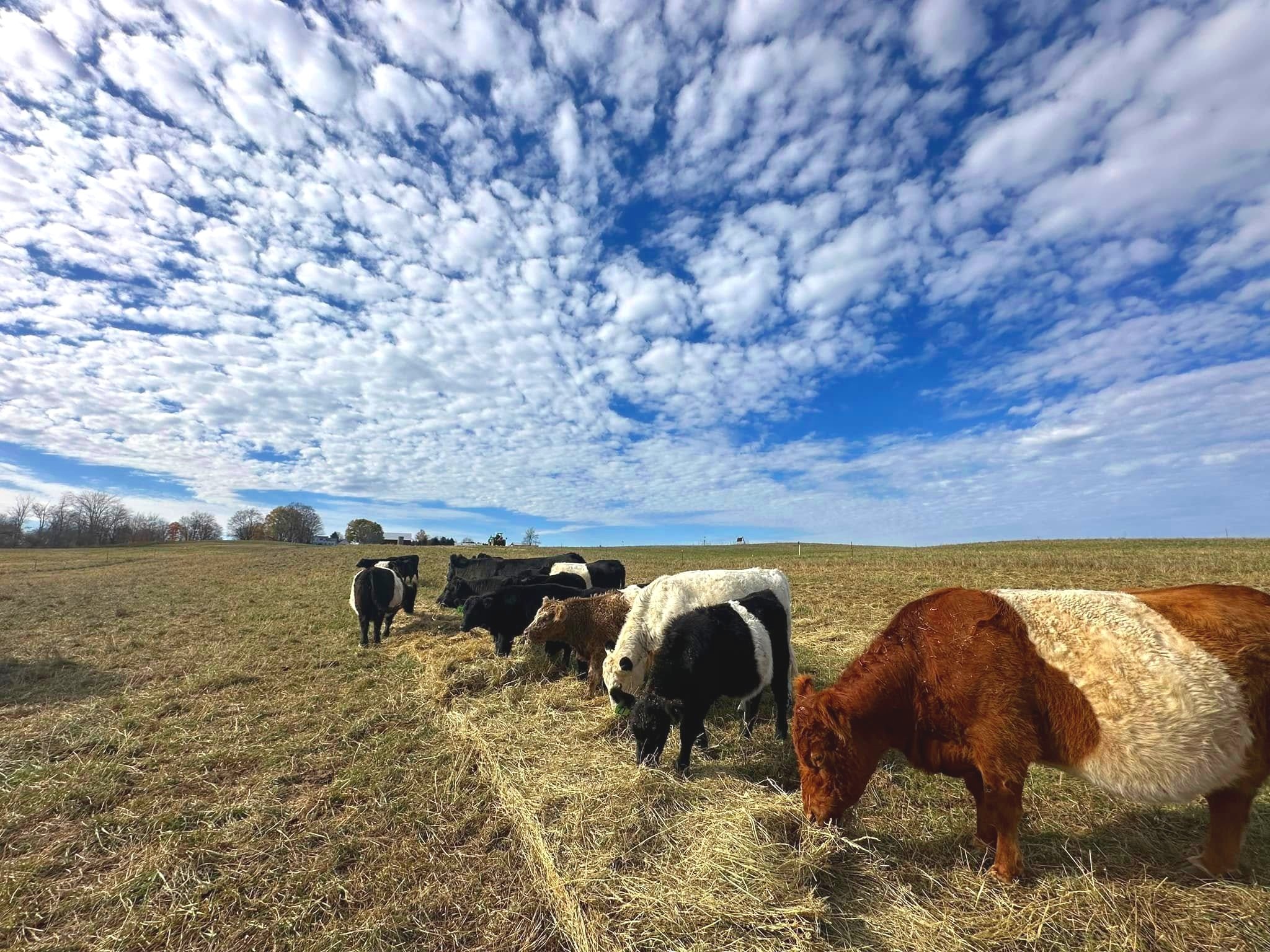
Agriculture
Michigan’s Agricultural
Environmental Assurance Program
What is MAEAP?
The Michigan Agriculture Environmental Assurance Program (MAEAP) is designed to offer assistance and recognition to farmers who reduce erosion and runoff from private land into public waters. This proactive program supports farmers and forest owners of all sizes and commodities, providing them with best management practices, technical support, and an honorable community of like-minded landowners committed to reducing environmental risks on their property to create a cleaner, healthier Michigan.
MAEAP is completely free and voluntary. Everything we learn about your farm is 100% confidential.
Guaranteed by state law.
Why is MAEAP best for you?
A MAEAP Verified farm or forest is an elite status, designed to show the community your commitment to a positive environmental impact on your land and beyond.
Our knowledgeable MAEAP technician can help you determine what practices best fit your land and management strategy to create more sustainable systems for your property.
A major advantage of being a part of MAEAP is the cost share opportunities exclusive to our program and potential regulatory protections determined by our team.
Additional Benefits
A MAEAP Verification comes with an abundance of benefits to further reward producers and landowners who complete the Verification Phase.
SOME of these include:
Up to a 20% discount from the liability portion of your farm insurance policy with select insurance companies
Crystal Flash will offer up to a 10% discount on a fuel tank purchase to meet a MAEAP Verification requirement.
Michigan Corn Growers Association will support a free 3-year membership for your first Verification.
Michigan Pork Producers Association will fund a second MAEAP sign for pork producers.
Michigan Wheat Program offers a one-time $50 financial award for documented wheat producers who are currently growing wheat and have obtained their first Cropping System Verification. (One award per farmer, not per farm.)
The Phases
-

1. Site Visit
Invite our MAEAP technician to tour your farm with you. Our technician will walk and talk with you to review your land, objectives, and the program. Based on your land, operations, values, and priorities, the technician will develop an Action Plan to reduce your environmental risks. Everything our technician learns about your farm will remain confidential — nothing will be shared with your competition or environmental regulators.
-

2. Education
Learning is the start of growth. Attend one of our free educational presentations, workshops or events to hear about the most up-to-date management practices that apply to your landscapes or operations. Or learn at your own pace through our online Educational Sessions.
-

3. Implement
Once your Action Plan is created, work at your own pace to implement your plan. Our MAEAP technician is here to help you every step of the way, for as long as it takes for you to achieve your goals. They can also recommend cost-share opportunities, and connect you with our partners and industry professionals depending on your unique objectives.
-

4. Verification
When your hard work is completed, your technician will assist you in submitting your request for MAEAP Verification. Along with your technician, a Verifier from The Michigan Department of Agriculture and Rural Development (MDARD) will visit your farm to ensure the recommended practices from your Action Plan have been accomplished. When your Verification is achieved, you will receive a certificate signed by the Director of MDARD and a sign to place on your farm to honor your hard work caring for your land and community.
The Systems
-

Farmstead
The Farmstead System reviews all activities performed on the entire farm. This includes a review of chemical, fuel and pesticide storage, and wells. Michigan farms of all sizes and types can apply under this category.
-

Cropping
The Cropping System reviews field-based production practices — water use, soil conservation, pesticide application, etc. — that occur wherever crops are grown on the farm. These include field crops, vegetables, fruit orchards, greenhouse crops, and ornamental trees.
-

Livestock
The Livestock System reviews practices related to animal production, including manure storage, transfer and use, feed storage and lot management. This category applies to all Michigan livestock farms, regardless of the animals raised or their size.
-

FWH
The Forest, Wetlands & Habitat System (FWH) reviews management practices for areas with woodlands, wetlands, and other managed habitats. This system reviews management plans created for all of these land, ensuring sustainable practices are being implemented.
Farmers who achieve MAEAP Verification are a part of an elite group of farmers dedicated to being environmental stewards.
You will earn a sign to display on your farm to show your community that you are protecting the groundwater, soil and ecology of our ecosystem.
Schedule Your Site Visit Today!
Connect with our Conservation Technician:
Brandi Mitchell
(231) 465-8005
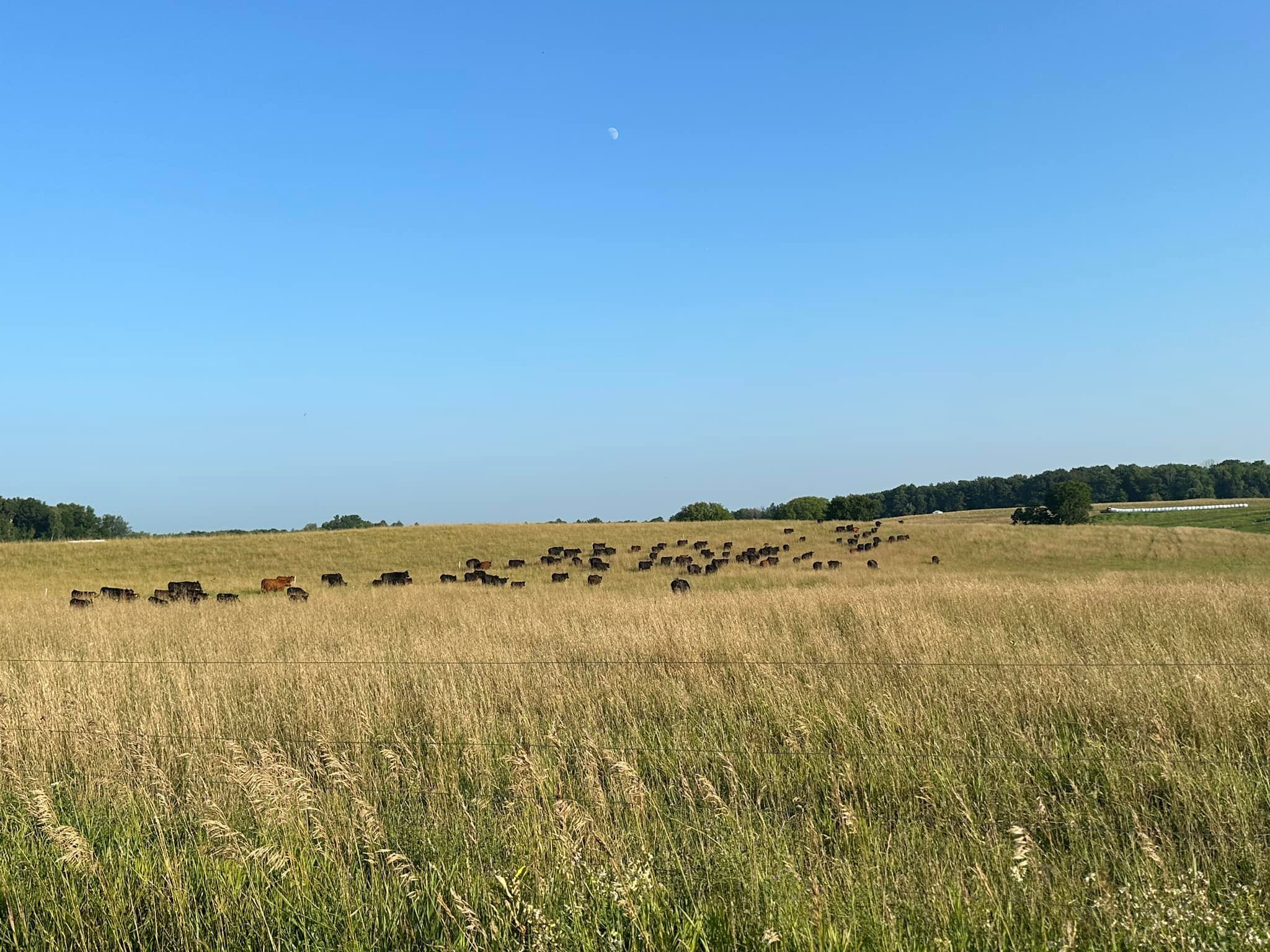
Regenerative Agriculture
Regenerative agriculture is a holistic approach to land stewardship that focuses on restoring ecosystem health while addressing climate resilience and economic sustainability.
By enhancing soil vitality, increasing biodiversity, and improving water systems, it supports both environmental regeneration and the long-term viability of farming communities through flexible, locally-adapted practices.
Core Principles
-

Understanding the context of your farm operation
-
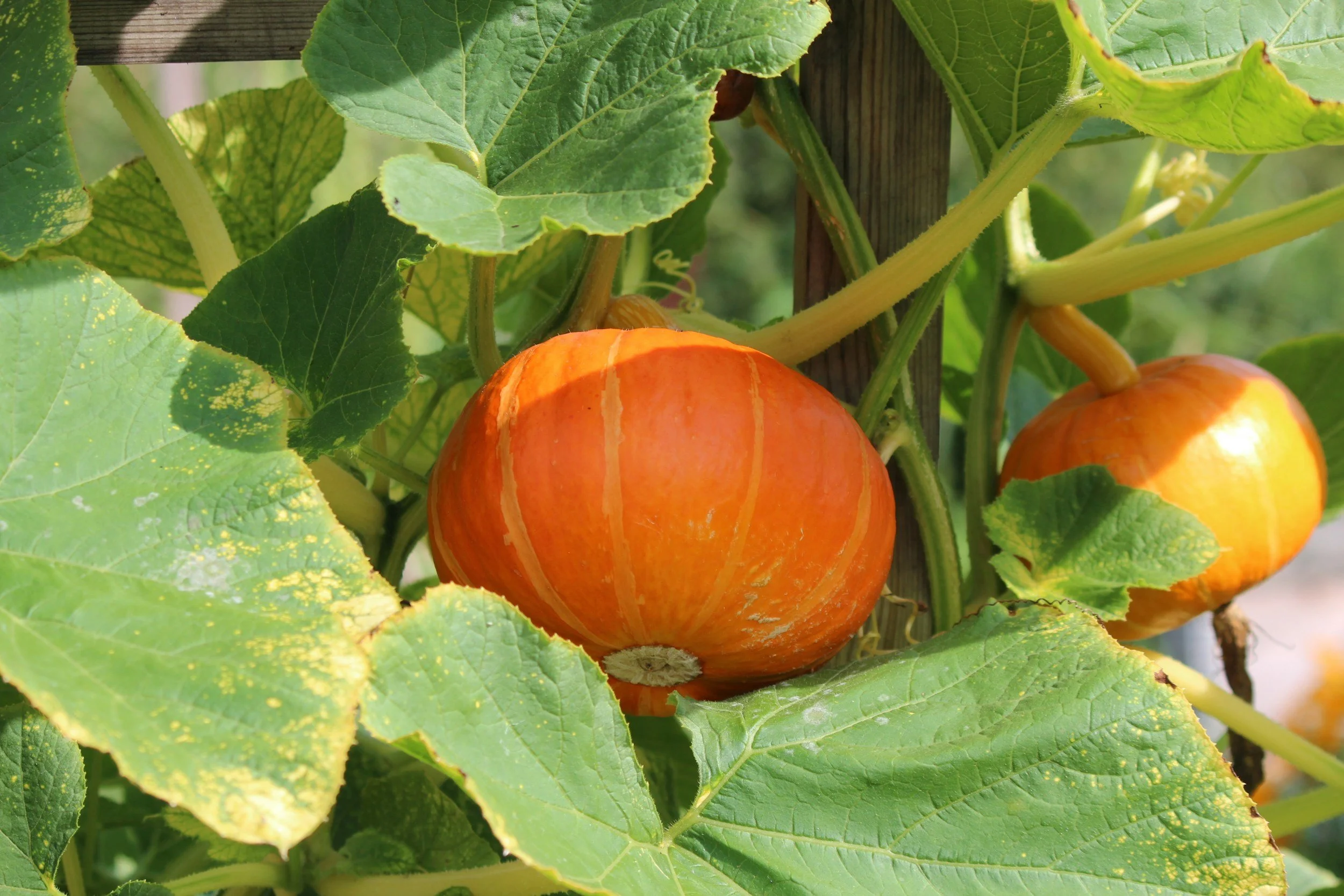
Minimizing soil disturbance
-

Maximizing diversity
-

Keeping soil covered
-

Maintaining living roots year-round
-

Integrating livestock and increasing biodiversity

